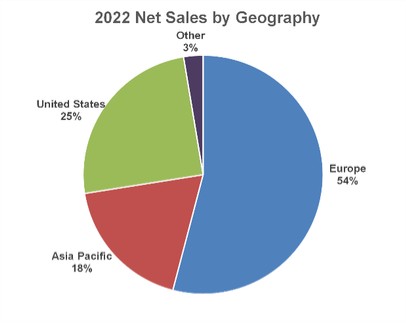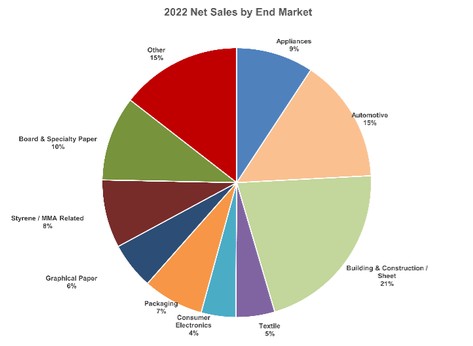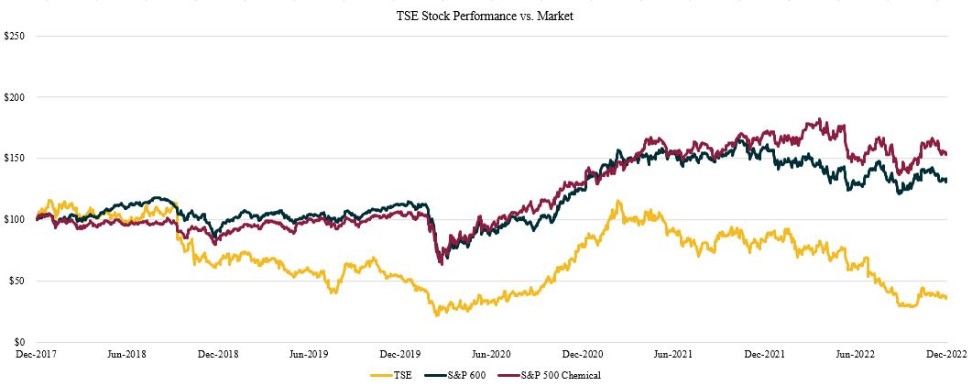Standard terms of delivery are included in contracts of sale, order confirmation documents, and invoices. Sales and other taxes that the Company collects concurrent with sales-producing activities are excluded from “Net sales” and included as a component of “Cost of sales” in the consolidated statements of operations. Additionally, freight and any directly related costs of transporting finished products to customers are accounted for as fulfillment costs and are also included within “Cost of sales.”
The amount of net sales recognized varies with changes in returns, rebates, cash sales incentives, and other allowances offered to customers based on the Company's experience. For arrangements where the period between customer payment and transfer of goods/services is determined to be one year or less at contract inception, the Company applies the practical expedient exception available under ASC 606 and does not adjust the promised amount of consideration under the contract for the effects of a significant financing component. Additionally, the Company’s incremental costs of obtaining contracts are expensed as incurred if the amortization period of the assets that the Company otherwise would have recognized is one year or less, and are included within “Selling, general and administrative expenses” in the consolidated statements of operations, pursuant to the practical expedient in ASC 606.
Cost of Sales
The Company classifies the costs of manufacturing and distributing its products as cost of sales. Manufacturing costs include raw materials, utilities, packaging, employee salary and benefits, and fixed manufacturing costs associated with production. Fixed manufacturing costs include such items as plant site operating costs and overhead, production planning, depreciation and amortization, repairs and maintenance, environmental, and engineering costs. Distribution costs include shipping and handling costs. Freight and any directly related costs of transporting finished products to customers are also included within cost of sales. As discussed above, inventory costs are recorded within cost of sales utilizing the FIFO method.
Selling, General and Administrative Expenses
Selling, general and administrative (“SG&A”) expenses are generally charged to expense as incurred. SG&A expenses are the cost of services performed by the marketing and sales functions (including sales managers, field sellers, marketing research, marketing communications and promotion and advertising materials) and by administrative functions (including product management, R&D, business management, customer invoicing, human resources, information technology, legal and finance services, such as accounting and tax). Salary and benefit costs, including share-based compensation, for these sales personnel and administrative staff are included within SG&A expenses. R&D expenses include the cost of services performed by the R&D function, including technical service and development, process research including pilot plant operations, and product development. The Company also includes restructuring charges within SG&A expenses.
Total R&D costs included in SG&A expenses were $51.4 million, $63.9 million, and $42.6 million for the years ended December 31, 2022, 2021, and 2020, respectively.
The Company expenses promotional and advertising costs as incurred to SG&A expenses. Total promotional and advertising expenses were $1.2 million, $1.1 million, and $1.3 million for the years ended December 31, 2022, 2021, and 2020, respectively.
Restructuring charges included within SG&A expenses were $54.1 million, $8.6 million, and $7.4 million for the years ended December 31, 2022, 2021, and 2020, respectively. Refer to Note 21 for further information.
Pension and Postretirement Benefits Plans
The Company has various defined benefit plans, under which participants earn a retirement benefit based upon a formula set forth in the plan. The Company also provides certain health care and life insurance benefits to retired employees in the United States. The U.S.-based plans provide health care benefits, including hospital, physicians’ services, drug and major medical expense coverage, and life insurance benefits.
Accounting for defined benefit pension plans and other postretirement benefit plans, and any curtailments and settlements thereof, requires various assumptions, including, but not limited to, discount rates, expected rates of return on plan assets, and future compensation growth rates. The Company evaluates these assumptions at least once each year, or as facts and circumstances dictate, and makes changes as conditions warrant.


